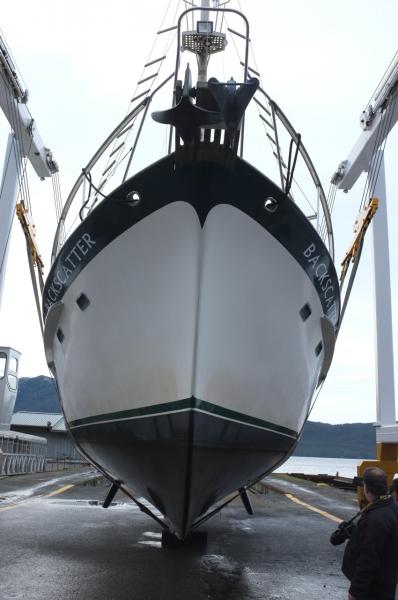I'm honestly not trying to be contrary here, but here is a hull lay out schematic for a Westsail 32
WESTSAIL 32 sailboat specifications and details on sailboatdata.com
Even a brief glance can allow one to determine that generally, they have aprox. half of their volume submerged with their full keel.
When determining the buoyancy and gravity calculations, which then determine meta-centic height, it's not tough to see why they in fact, may have a class A certification.
Of course it's not as easy as a quick glance at a line drawing, but the principle of the mathematics demonstrated in the video above remain valid.
in fact, may have a class A certification? Do they, in fact, have one? An Oceanis 38, just to compare a Beneteau line to their ST powerboat line, has an A for 8, B for 9, C for 10 passengers. An Oceanis 35 is A for 6, B for 8, C for 10. An Oceanis 31 is B for 6, C for 8 and D for 10. So, I can believe a Westsail having an A for 4 or 6 passengers.
However, we're way off topic, as the topic was powerboats, which is where my knowledge is. I admit to very little sailboat knowledge. I've referred the OP to a couple of very useful sources of information. One of those is written by Nordhavn and directly applicable to the type and size boats he's looking at.





 That could be interpreted multiple ways and in at least one of my interpretations, he has been, but the storm had nothing to do with his pants being down.
That could be interpreted multiple ways and in at least one of my interpretations, he has been, but the storm had nothing to do with his pants being down. 